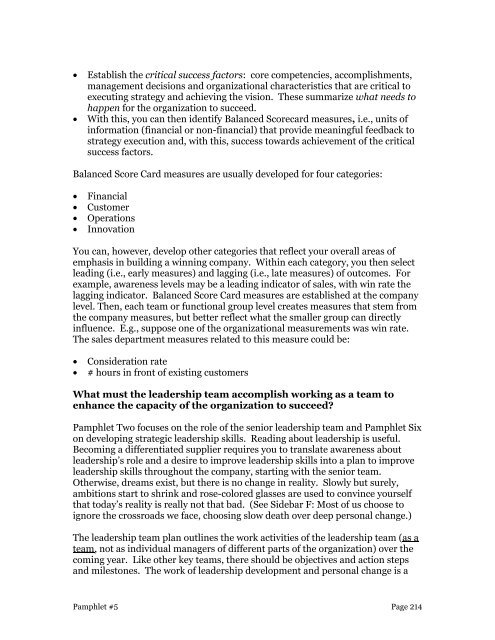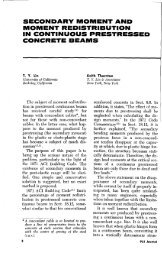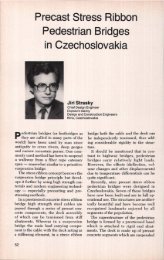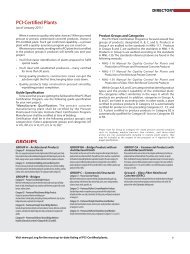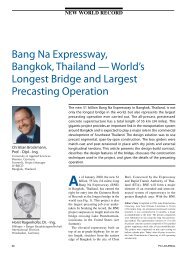Winning Without Competition: How to Break Out of a Commodity ...
Winning Without Competition: How to Break Out of a Commodity ...
Winning Without Competition: How to Break Out of a Commodity ...
Create successful ePaper yourself
Turn your PDF publications into a flip-book with our unique Google optimized e-Paper software.
• Establish the critical success fac<strong>to</strong>rs: core competencies, accomplishments,<br />
management decisions and organizational characteristics that are critical <strong>to</strong><br />
executing strategy and achieving the vision. These summarize what needs <strong>to</strong><br />
happen for the organization <strong>to</strong> succeed.<br />
• With this, you can then identify Balanced Scorecard measures, i.e., units <strong>of</strong><br />
information (financial or non-financial) that provide meaningful feedback <strong>to</strong><br />
strategy execution and, with this, success <strong>to</strong>wards achievement <strong>of</strong> the critical<br />
success fac<strong>to</strong>rs.<br />
Balanced Score Card measures are usually developed for four categories:<br />
• Financial<br />
• Cus<strong>to</strong>mer<br />
• Operations<br />
• Innovation<br />
You can, however, develop other categories that reflect your overall areas <strong>of</strong><br />
emphasis in building a winning company. Within each category, you then select<br />
leading (i.e., early measures) and lagging (i.e., late measures) <strong>of</strong> outcomes. For<br />
example, awareness levels may be a leading indica<strong>to</strong>r <strong>of</strong> sales, with win rate the<br />
lagging indica<strong>to</strong>r. Balanced Score Card measures are established at the company<br />
level. Then, each team or functional group level creates measures that stem from<br />
the company measures, but better reflect what the smaller group can directly<br />
influence. E.g., suppose one <strong>of</strong> the organizational measurements was win rate.<br />
The sales department measures related <strong>to</strong> this measure could be:<br />
• Consideration rate<br />
• # hours in front <strong>of</strong> existing cus<strong>to</strong>mers<br />
What must the leadership team accomplish working as a team <strong>to</strong><br />
enhance the capacity <strong>of</strong> the organization <strong>to</strong> succeed?<br />
Pamphlet Two focuses on the role <strong>of</strong> the senior leadership team and Pamphlet Six<br />
on developing strategic leadership skills. Reading about leadership is useful.<br />
Becoming a differentiated supplier requires you <strong>to</strong> translate awareness about<br />
leadership’s role and a desire <strong>to</strong> improve leadership skills in<strong>to</strong> a plan <strong>to</strong> improve<br />
leadership skills throughout the company, starting with the senior team.<br />
Otherwise, dreams exist, but there is no change in reality. Slowly but surely,<br />
ambitions start <strong>to</strong> shrink and rose-colored glasses are used <strong>to</strong> convince yourself<br />
that <strong>to</strong>day’s reality is really not that bad. (See Sidebar F: Most <strong>of</strong> us choose <strong>to</strong><br />
ignore the crossroads we face, choosing slow death over deep personal change.)<br />
The leadership team plan outlines the work activities <strong>of</strong> the leadership team (as a<br />
team, not as individual managers <strong>of</strong> different parts <strong>of</strong> the organization) over the<br />
coming year. Like other key teams, there should be objectives and action steps<br />
and miles<strong>to</strong>nes. The work <strong>of</strong> leadership development and personal change is a<br />
Pamphlet #5 Page 214


